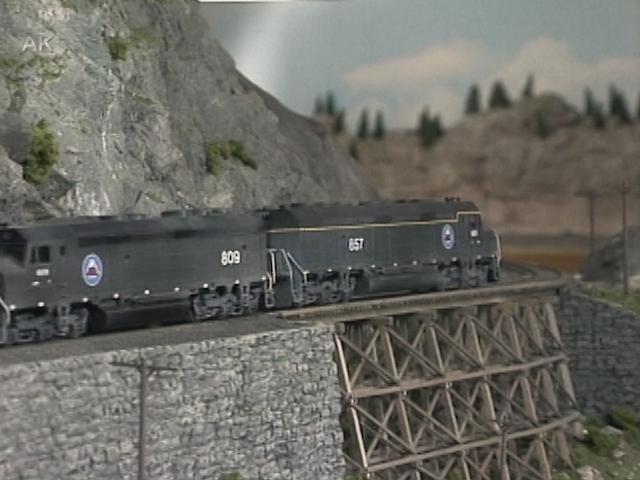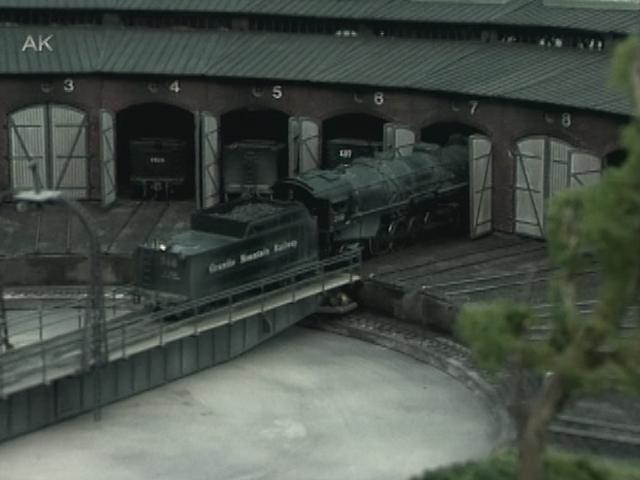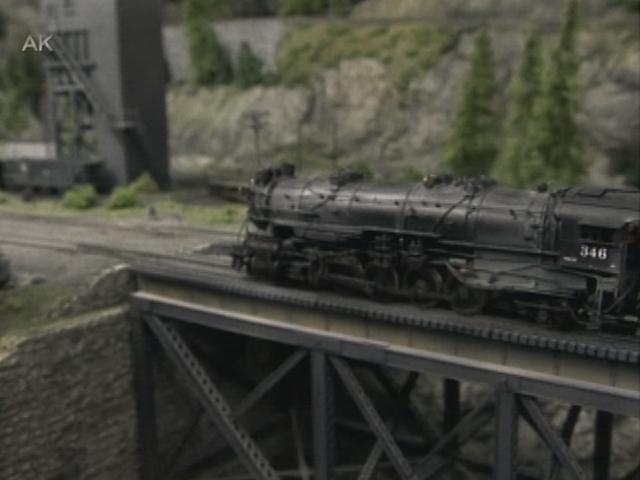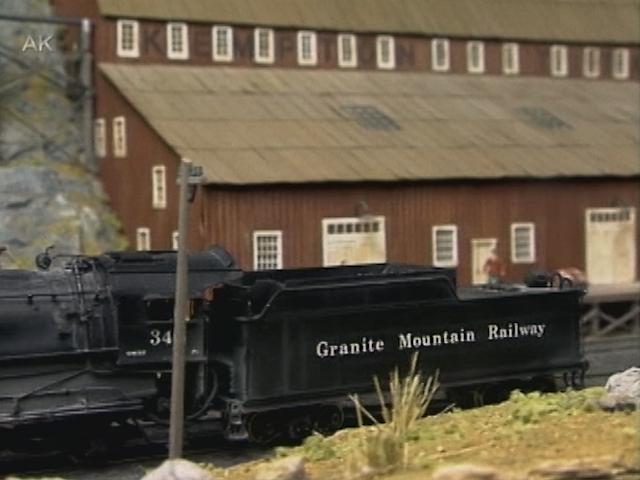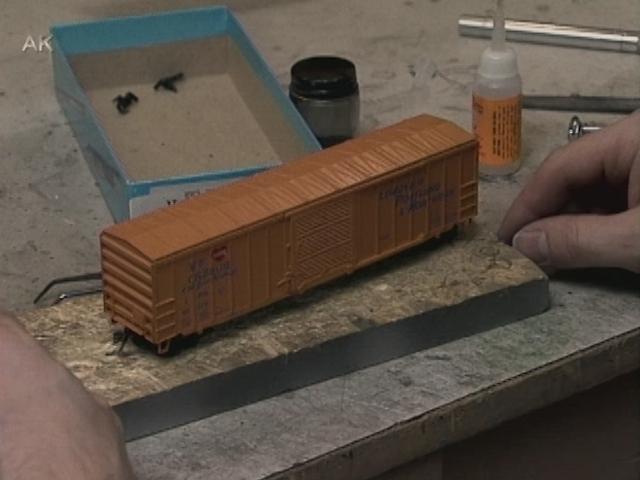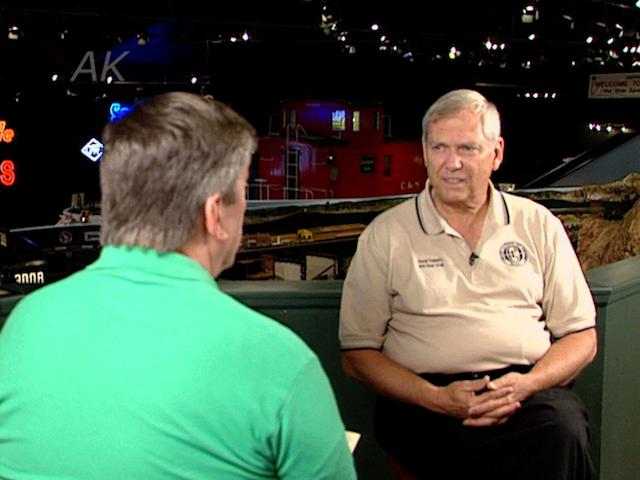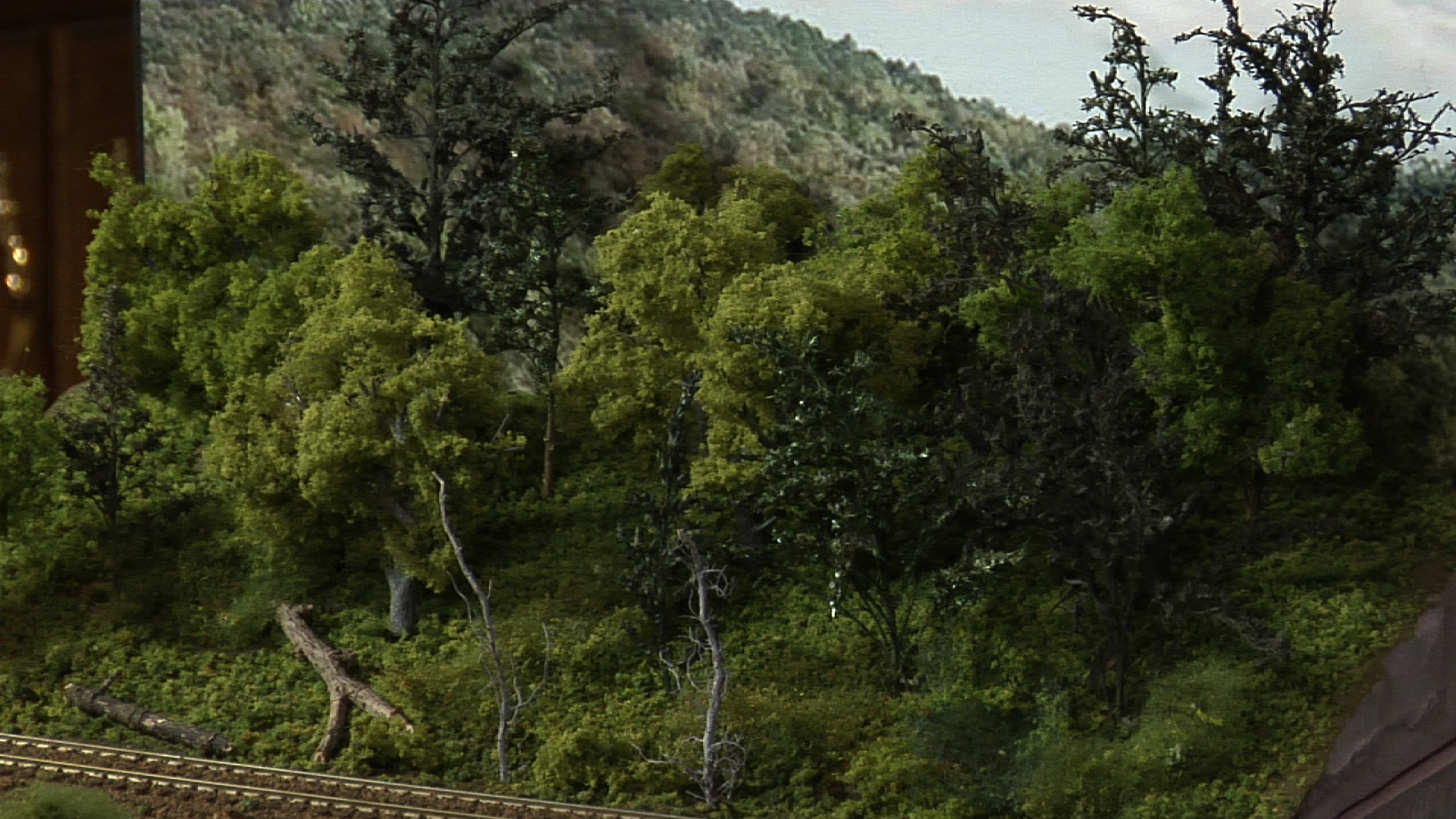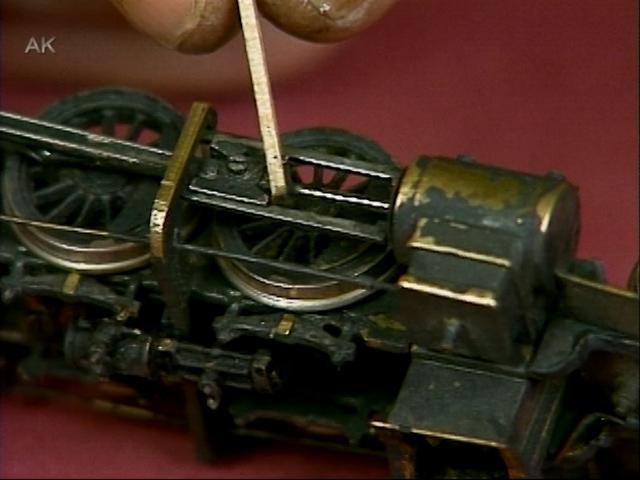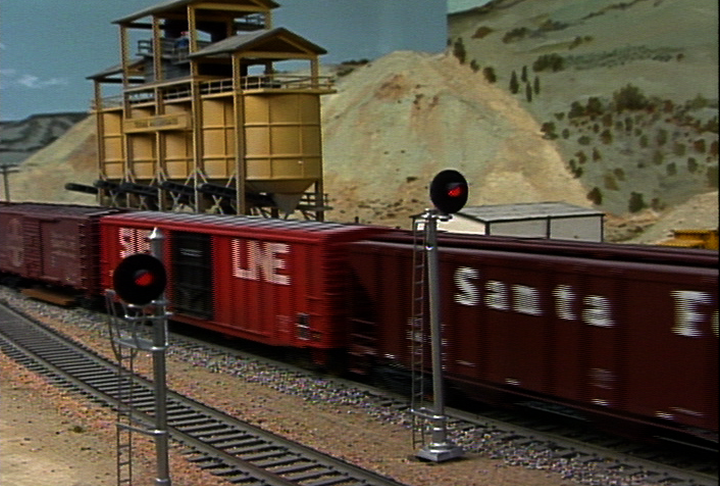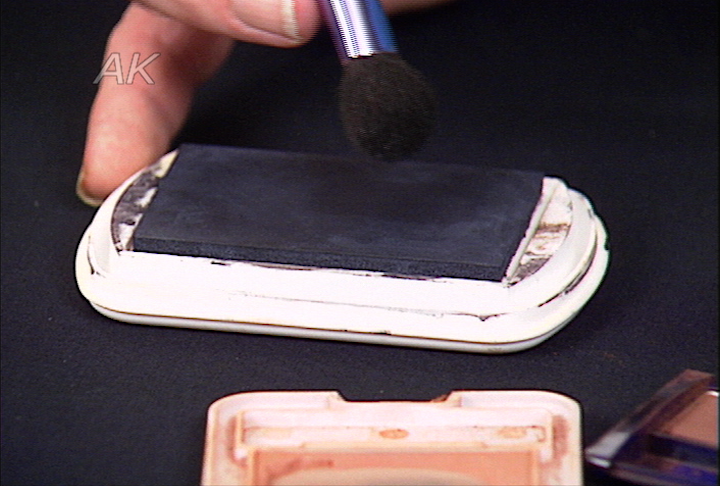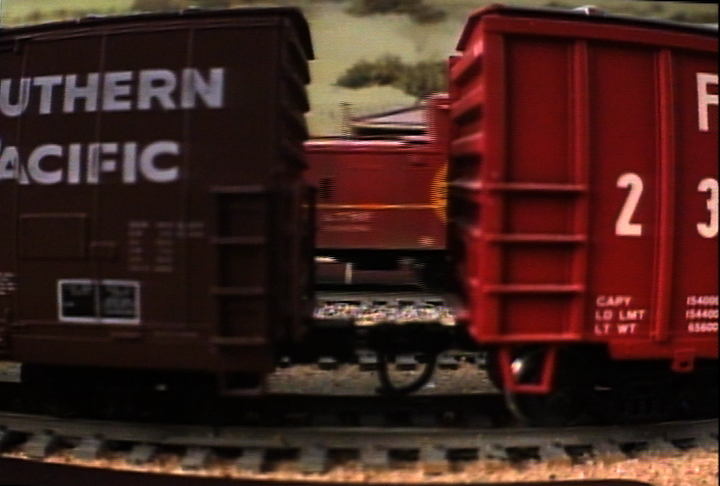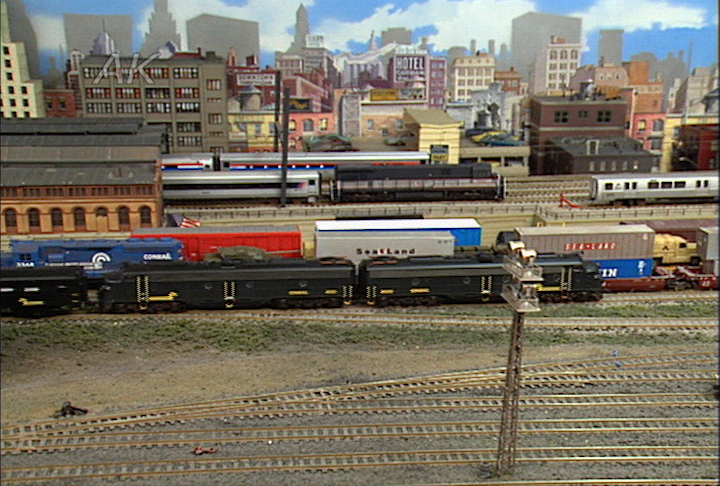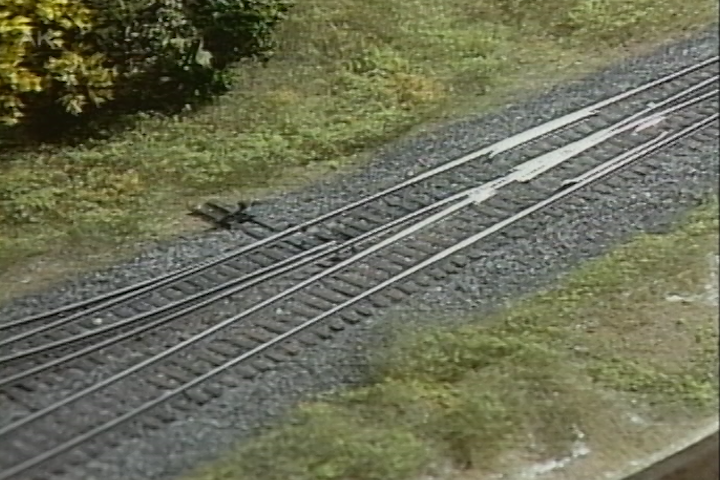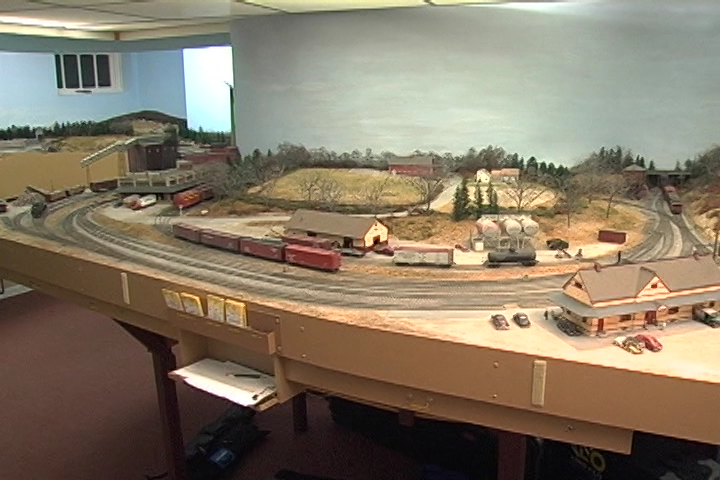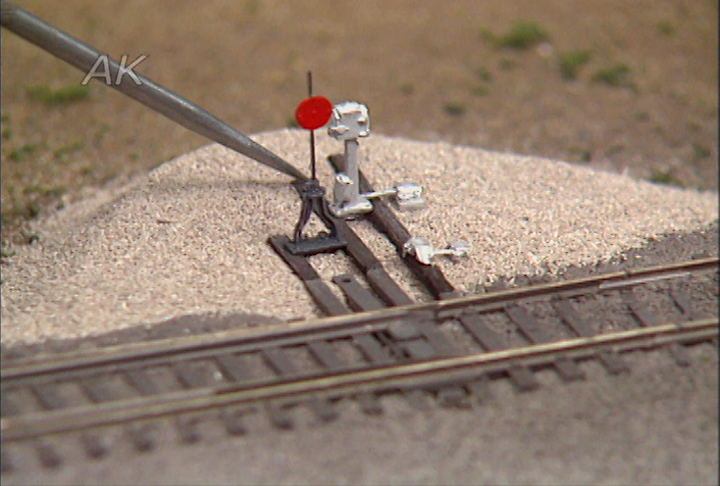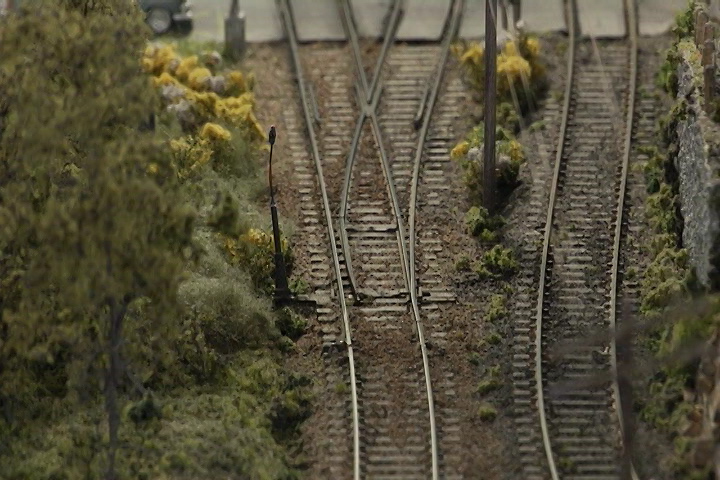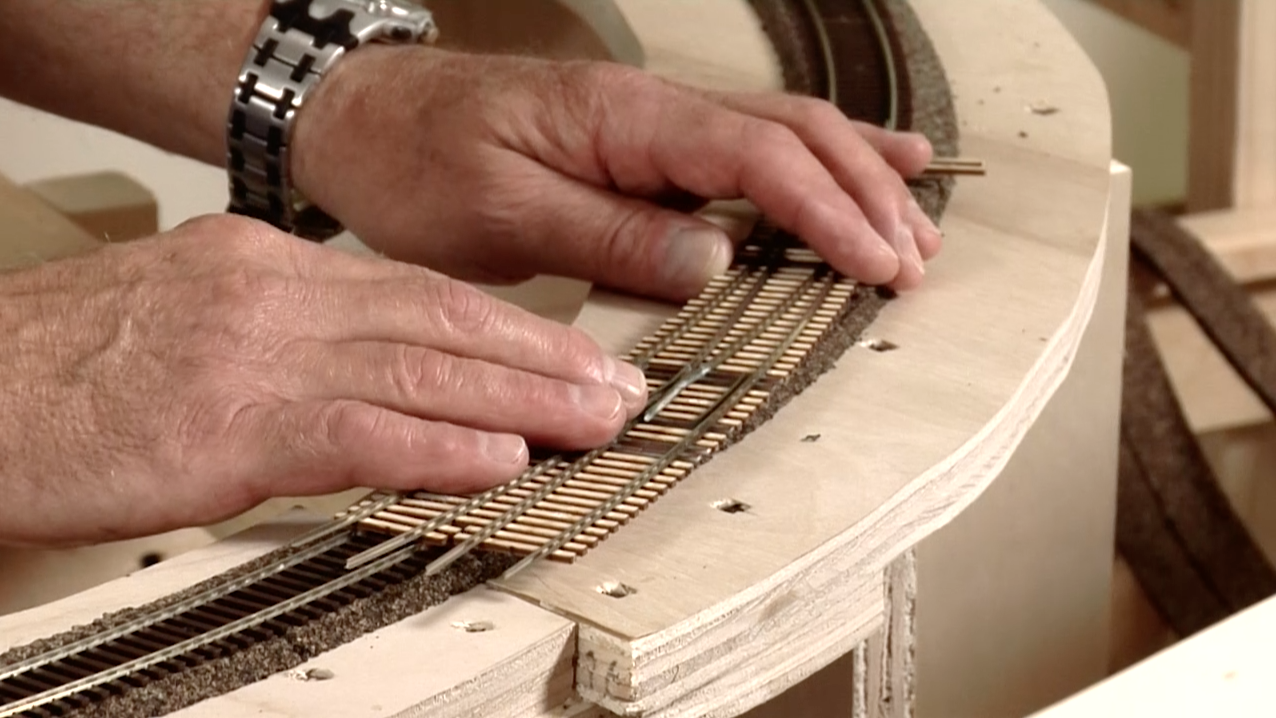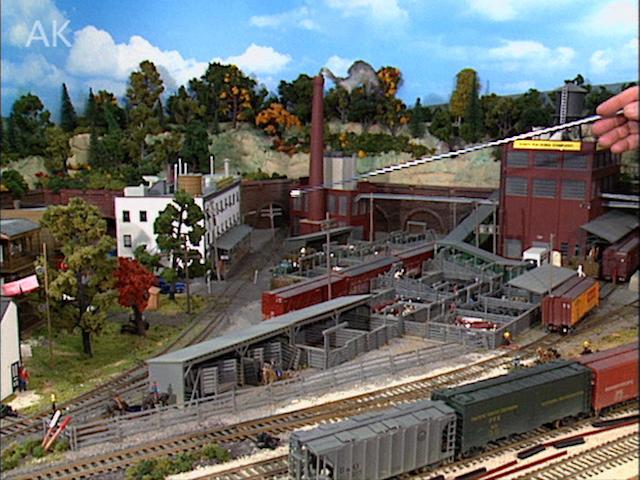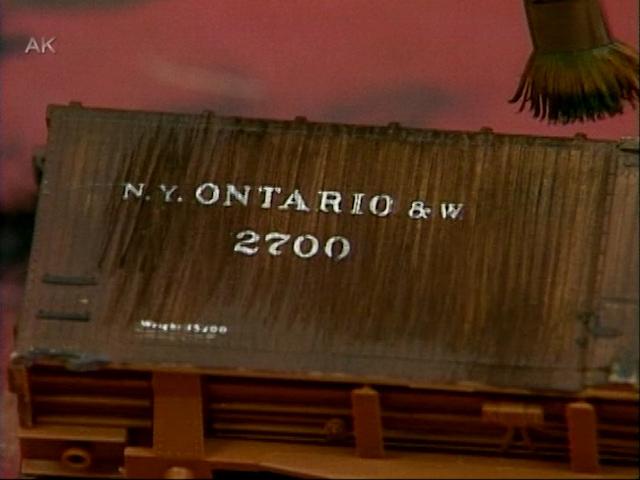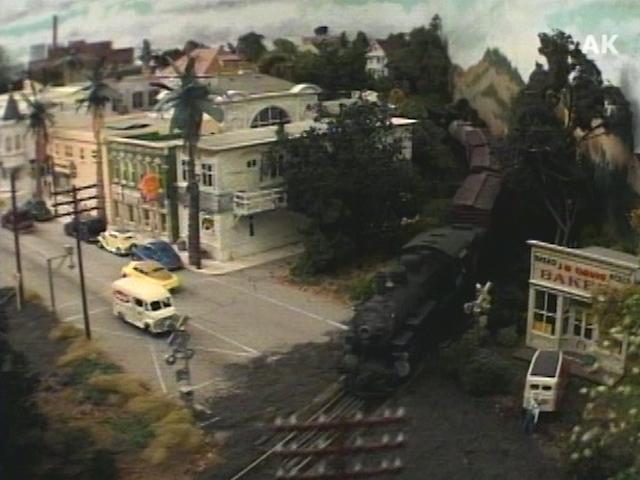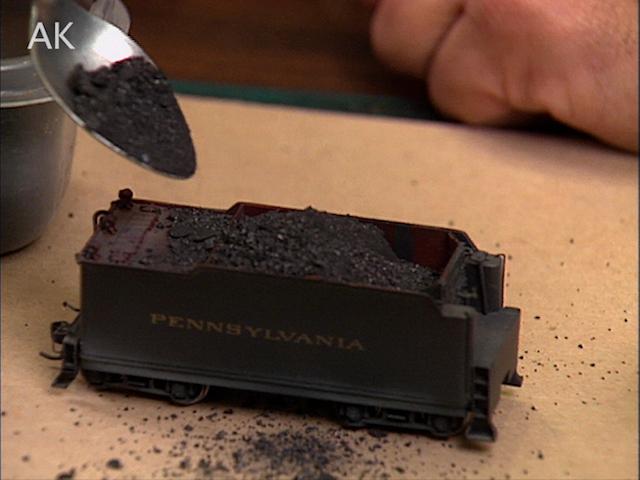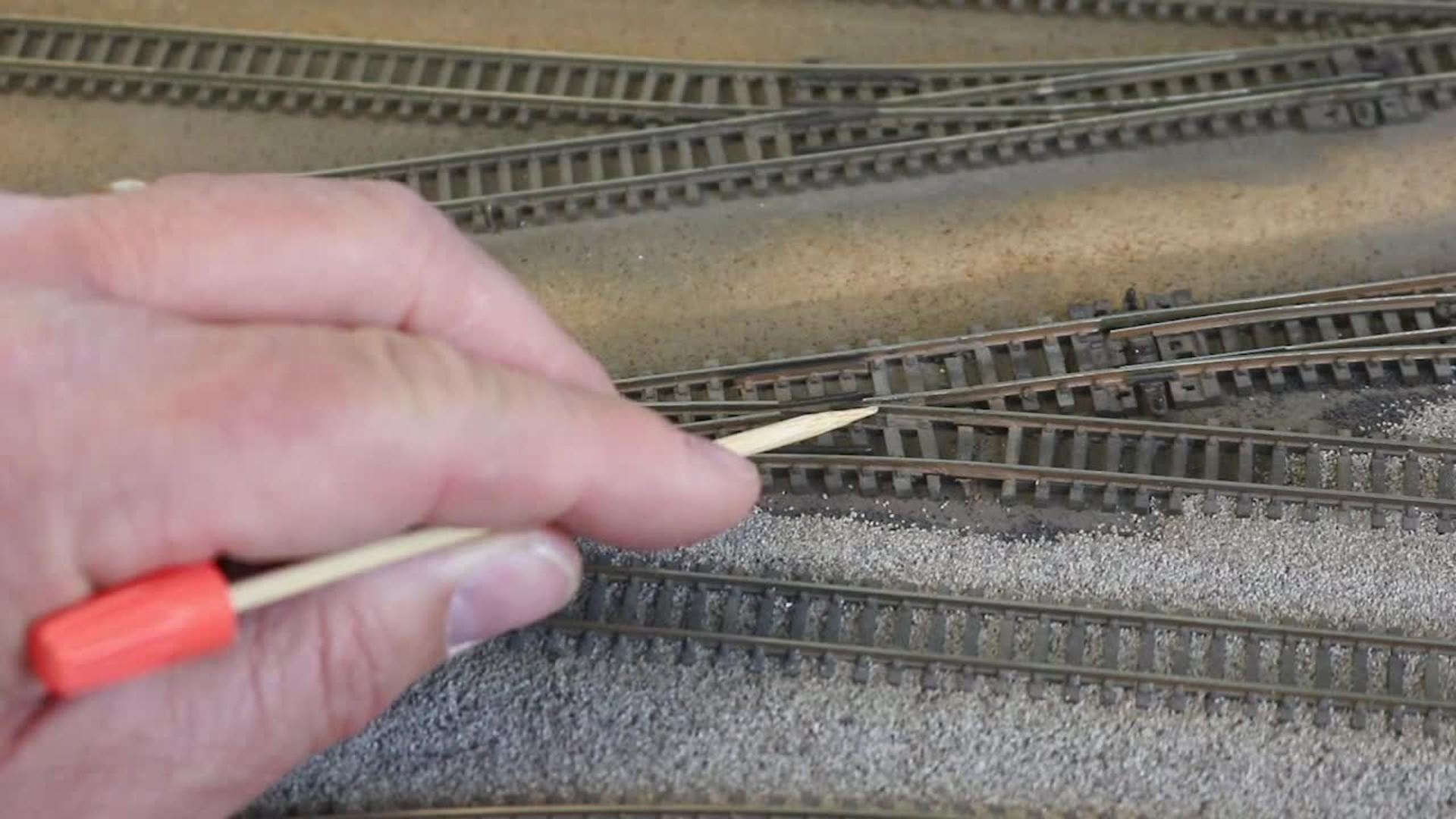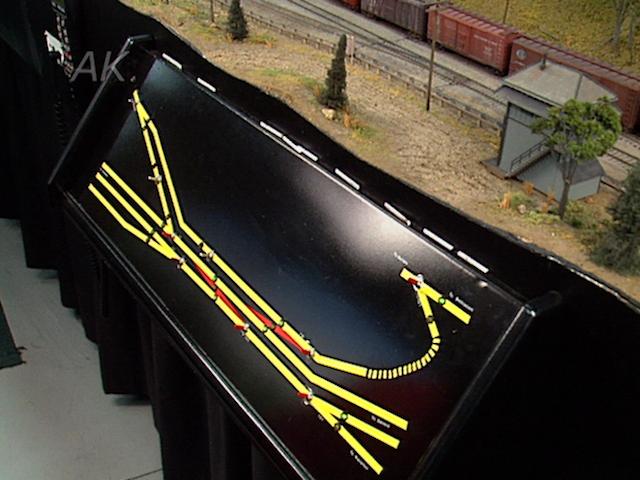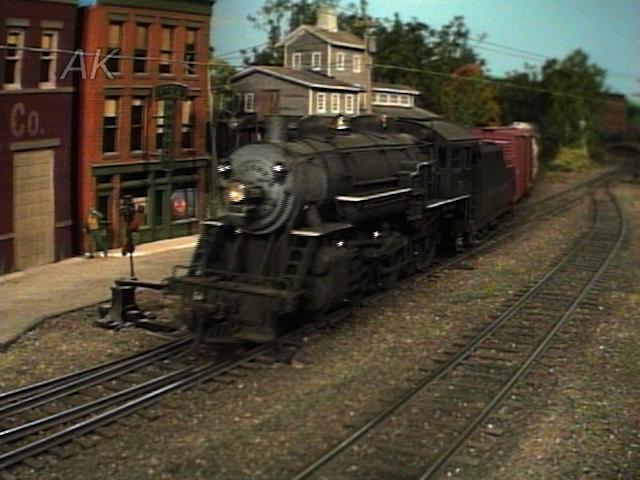
How to Fix Up a Boxcar for Optimum Smoothness
Doug GeigerTrain cars always have room for improvement when it comes to running. Doug Geiger has developed some tried and true techniques for fixing up and assembling his cars so that they are running the smoothest that they can on the track. In this video, Geiger demonstrates to Allen Keller his methods for assembling the Athearn cars on his layout to ensure they are performing to their full potential.
Geiger uses Athearn car kits and builds them to the instruction’s specifications with a few of his own adjustments to aid in reliability. Geiger files the cover of the coupler pocket into an arch because couplers tend to move in an arch. This will ensure that the coupler won’t snag on the pocket. Next he smoothes out any burs on the inside of the coupler pocket with the file so the coupler does not hang on anything inside. He also removes the plastic ridge around the coupler pocket so that the metal plate fits well on underframe.
When gluing the underframe and floor together, he makes sure that the pre glued floor fits, otherwise the underframe will be loose. This could make the couplers change in height. It is important to make sure that the end of the coupler is well glued down to the body. Geiger accomplishes this using a clamp to hold the pieces together as the glue dries.
Wheels on Athearn cars and other kits need to be well engaged. Geiger uses an NMRA gauge and ensures that the flanges of the wheels fit in the gauge’s slots. If they do not, he pushes or pulls the wheels apart to make sure they fit in the slots This ensures that the wheels will match the track spacing.
When working on the KD coupler, Geiger files the face of the KD, as well as inside the face or knuckle. When it comes to KD springs, Geiger recommends never reusing the springs because once they become used or bent they will not work well again. Geiger makes sure to buy extra springs so he can fix up his cars later.
After assembling the KD in the coupler so it all snaps in place, he makes sure that the coupler can move. It should also snap back to the center with either left or right movements. If it sticks, he checks that the cover plate has a bur on it or that a spring is not formed correctly. Next, he checks that the KD coupler is in line with the KD height gauge. To fix any misalignment, he uses any number of red KD washers to make adjustments. He then screws the trucks down, but not too tight to let both trucks be loose. This will prevent any truck from lifting off the track.
Premium Membership
Unlock exclusive member content from our industry experts.
- 24/7 Access to Premium Model Railroading Videos, Projects, and Tips
- Step-by-Step Instructional Guides & Layout Plans
- 50% Off Video Downloads Purchased in the Model Railroad Academy Shop
- Access to Ask the Expert Program
Unlock exclusive member content from our industry experts.
- 24/7 Access to Premium Model Railroading Videos, Projects, and Tips
- Step-by-Step Instructional Guides & Layout Plans
- 3 Full-Length Video Downloads to Watch Offline
- 50% Off Video Downloads Purchased in the Model Railroad Academy Shop
- Access to Ask the Expert Program
Gold Membership
$326 Value
Get everything included in Premium plus exclusive Gold Membership benefits.
- 24/7 Access to Premium Model Railroading Videos, Projects, and Tips
- Step-by-Step Instructional Guides & Layout Plans
- 9 Full-Length Video Downloads to Watch Offline
- 2 Full-Length Classes to Keep for Life
- 2 Downloadable Guides
- Discounts on Purchase-to-Own Content in the Model Railroad Academy Shop
- Access to Ask the Expert Program
- Exclusive GOLD LIVE Streaming Events

